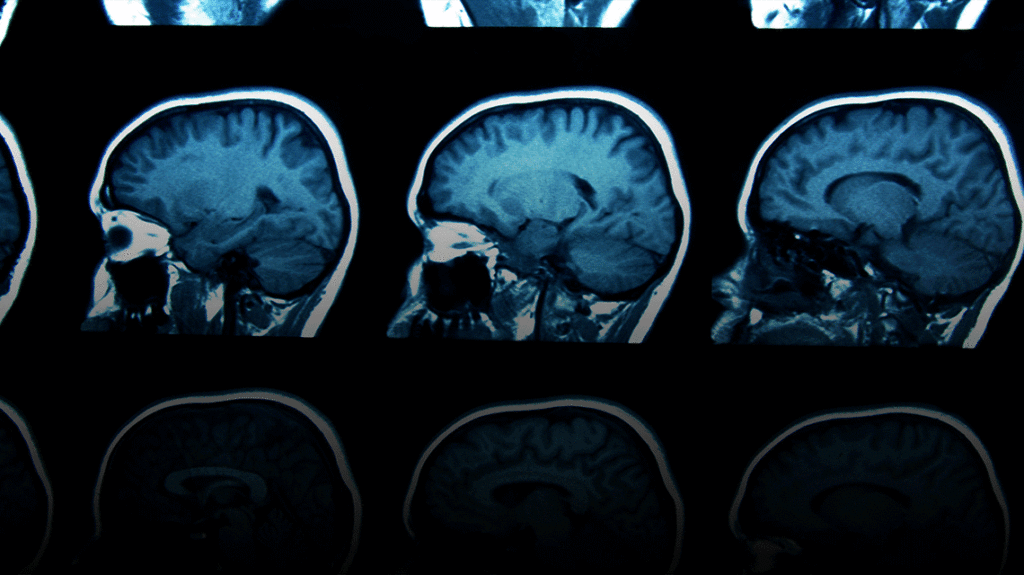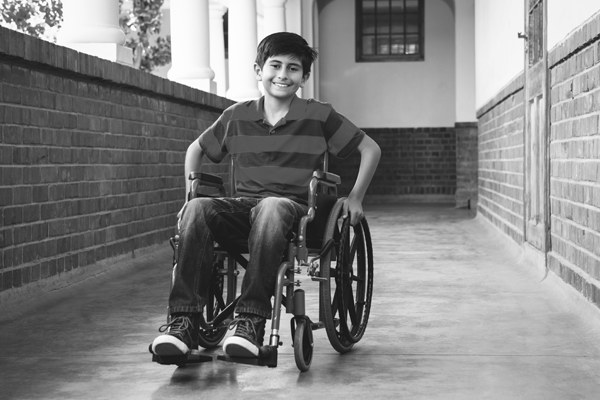Does Etiology Impact Outcomes After Hemispherectomy?
Does Etiology Impact Outcomes After Hemispherectomy? https://pediatricsnationwide.org/wp-content/uploads/2021/01/AdobeStock_82959563_brain-imaging-for-web-1024x575.gif 1024 575 Jessica Nye, PhD Jessica Nye, PhD https://secure.gravatar.com/avatar/?s=96&d=mm&r=g- May 31, 2023
- Jessica Nye, PhD

Patients with cerebral palsy (CP) who have comorbid medically intractable epilepsy (MIE) had similar quantitative functional and seizure outcomes following functional hemispherotomy (FH) or anatomic hemispherectomy (AH), regardless of vascular or dysplastic MIE etiologies.
Early onset seizures are a common comorbidity in CP, affecting between 30% and 50% of patients. Among the patients with CP and seizures, a third develop drug-resistant epilepsy or MIE. The best potential for seizure freedom for some of these patients includes treatment by FH or AH. However, these procedures pose a risk for postoperative neurological morbidities.
“Our goal of the study [published in World Neurosurgery] was to one, see if the etiology of cerebral palsy and medically intractable epilepsy had an impact on seizure and functional outcomes; and then a secondary goal was to demonstrate the utility of quantitative functional outcomes in this patient population,” says Jonathan A. Pindrik, MD, a pediatric neurosurgeon and co-director of the Craniofacial and Epilepsy Surgery Programs at Nationwide Children’s and associate professor of neurological surgery at The Ohio State University College of Medicine, and senior author of the study.
To accomplish these research goals, Dr. Pindrik and colleagues followed 18 patients with CP and MIE who underwent FH or AH between 2015 and 2019. Functional outcomes after surgery were evaluated by the quantitative instrument Functional Independence Measure for Children (WeeFIM). Functional and seizure outcomes were compared between patients with vascular (n=7) and dysplastic (n=11) MIE etiologies.
The patients were aged mean 8 years 11 months (range, 1 year 4 months – 16 years 2 months) at surgery, 15 patients underwent FH alone and 13 underwent right-sided hemispheric surgery.
Patients with vascular and dysplastic etiologies exhibited similar decreases in WeeFIM scores between baseline and Physical Medicine and Rehabilitation admission (PMR; mean difference [MD], -35.3 vs. -34.5; P =.69), increases between PMR admission and discharge (MD, 18.7 vs. 20.8; P =.60) and slight decreases between baseline and the eight-week follow-up (MD, -7.6 vs. -3.6; P =.61), respectively.
“We did not see a statistically significant difference in seizure outcomes or functional outcomes between the two etiologies,” says Dr. Pindrik. “What we did find is that quantitative functional outcomes seem to be a clinically useful and reproducible method of gauging patients’ functional improvement following surgery.”
Overall, despite a noticeable decline in functional status from surgery to PMR admission, most patients exhibited a rebound between PMR and early follow-up. The net decrease in the WeeFIM score between baseline and follow-up was minimal, indicating that most patients returned to or near their baseline functional levels.
During an average follow-up of 2 years and 7 months, 11 of the 18 patients remained free from seizures. Stratified by MIE etiology, freedom from seizures did not differ between groups (P =.64).
These findings can be useful in better-counseling patients and their families about the potential functional consequences of undergoing FH or AH. Dr. Pindrik concludes, “There doesn’t appear to be any significant difference in outcomes, either seizure outcomes or functional outcomes, based upon the cause of the cerebral palsy or intractable epilepsy. That can be helpful for care providers as well as families when discussing with and educating patient’s families.”
Reference:
Damante MA, Rosenberg N, Shaikhouni A, Johnson HK, Leonard JW, Ostendorf AP, Pindrik JA. Impact of Etiology on Seizure and Quantitative Functional Outcomes in Children with Cerebral Palsy and Medically Intractable Epilepsy Undergoing Hemispherotomy/Hemispherectomy. World Neurosurg. 2023;S1878-8750(23)00490-4.
About the author
Jessica Nye, PhD, is a freelance science and medical writer based in Barcelona, Spain. She completed her BS in biology and chemistry and MS in evolutionary biology at Florida State University. Dr. Nye studied population genetics for her doctorate in biomedicine at University of Pompeu Fabra. She conducted her postdoctoral research on the inheritance of complex traits at the Autonomous University of Barcelona.
-
Jessica Nye, PhDhttps://pediatricsnationwide.org/author/jessica-nye-phd/
-
Jessica Nye, PhDhttps://pediatricsnationwide.org/author/jessica-nye-phd/
-
Jessica Nye, PhDhttps://pediatricsnationwide.org/author/jessica-nye-phd/January 3, 2022
-
Jessica Nye, PhDhttps://pediatricsnationwide.org/author/jessica-nye-phd/
- Posted In:
- Clinical Updates
- In Brief
- Research










